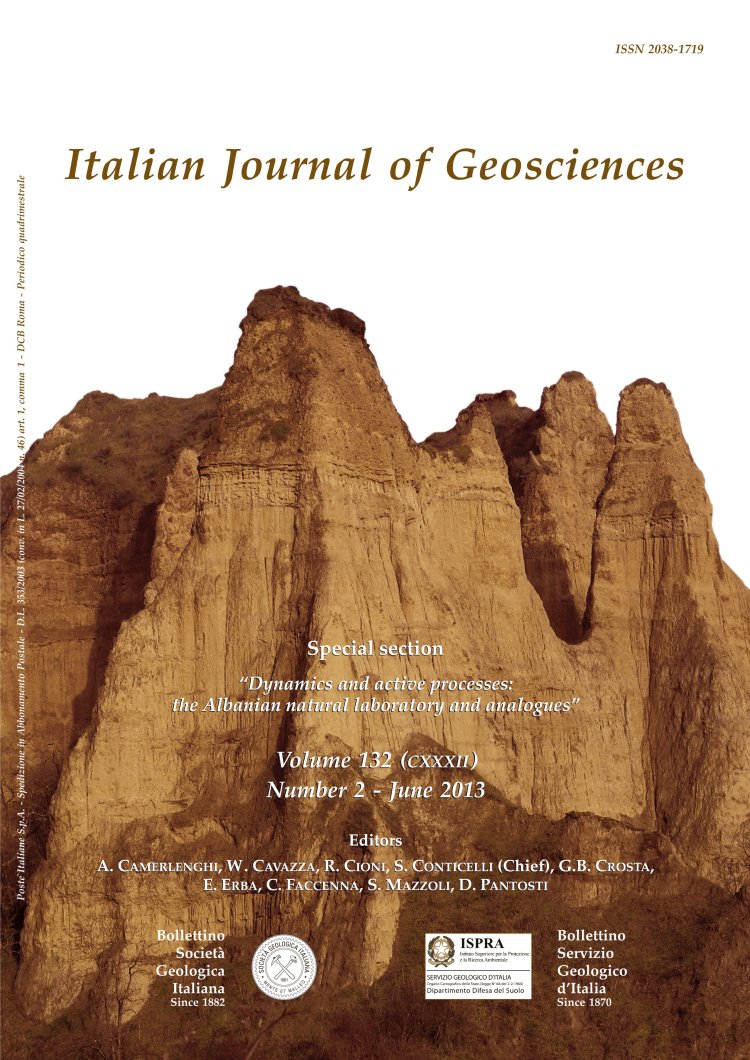
Hydrocarbon occurrences and petroleum geochemistry of Albanian oils
Irakli Prifti(*) & Kristaq Muska(*)
(*) Polytechnic University of Tirana. Faculty of Geology and Mines. Rruga e Elbasanit. Tiranë. Albania. E-mail: irakliprifti@yahoo.com, kristaqmuska@yahoo.fr
Volume: 132 (2013) f.2
Pages: 228-235
Abstract
Oil accumulations occur in the Ionian zone limestone section and in the Adriatic Basin sandstone reservoirs of Tortonian and Messinian age, respectively.
A large set of geochemical compositional data of Albanian oils have been analysed. Oil entrapment occurred during two main phases: 1) during the Early Miocene, when the main part of source rocks were in the oil maturity window; 2) during the Pliocene, when the source rocks were in a more advanced stage of oil genesis. The multiphase genesis has resulted in hydrocarbon accumulations with a broad range of geochemical characteristics. Both individual fields
and in field complexes, biodegraded and non-biodegraded heavy oils, light oils, condensates, wet and dry gas may occur. In general, oil density and sulphur content decrease with depth.
Oil grouping is evident from the data set, although stable carbon isotope values suggest that the Berat Belt oils and the Adriatic Basin oils are slightly different from the majority of oils in the Kurveleshi Belt. No exact correlations between the oils and the individual carbonate source rock levels could be established.
The Tertiary humid source rock has been matured probably in the early stage, and has generated dry gas and some immature condensates.
The gas accumulations in the Adriatic Basin consist mostly in pure biogenic and mixed thermogenic/ biogenic gases. The deeper classic reservoirs contain relatively less dry gas.
Keywords
Get Full Text